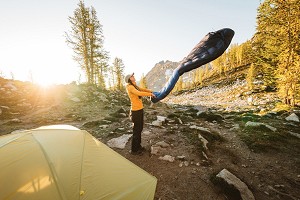
New for 2018 is Therm-a-Rest's Parsec 20, a three season sleeping bag making use of high quality hydrophobic down to give you plenty of warmth for reasonable weight, and good performance in damp conditions. There are a number of interesting features on this bag, so I was keen to try it out. This winter may have been a bit hard for regular nights in a 3-season sleeping bag - I value my life and a good night's sleep too highly - but a combination of late autumn camping, winter hut nights and lately some (chilly) early spring use has given me a chance to trial the Parsec 20 in a variety of conditions, from wet and windy to cold and crisp.
Fill and warmth
With 800 fill power Nikwax Hydrophobic goose down, Therm-a-Rest have not skimped on the insulation quality. In size Regular you get 500g of it, too, which feels a generous amount for a 3-season sleeping bag. To maximise the warmth on offer for its weight, the fill has been zoned, with 60% where you most need it, on top, and 40% on the underside where the down will be compressed and where the camping mat will (ideally) be offering some insulation in itself.
The loft is excellent, and to boost the performance Therm-a-Rest have added a 'Thermacapture' lining which is said to trap radiant body heat. To what extent this works I can't say: but the Parsec 20 is certainly warm for its bulk, and having camped with it on some pretty chilly nights, Therm-a-Rest's temperature ratings seem about spot on to me.
In common with may brands, Therm-a-Rest use the EN13537 Standard for rating sleeping bag warmth. The Parsec 20 has a 'comfort' limit of 0C; in accordance with the test standards, this is the temperature at which a 'standard' woman can sleep comfortably, in a relaxed posture, without feeling cold. Men generally sleep a little warmer than women (having, on average, more body mass) and though we all seem to feel the cold differently at night, speaking for myself as a man with a bit more than average body mass (it's all height and muscle, honest) I'd be happy to sleep in the Parsec 20 at temperatures a little below 0C. Somewhere in the Parsec 20's 'transition range', which goes down to -6C, you'll go from being comfy to having a miserable cold night - again, we're all different, and where this limit lies on a given night will depend on how tired and hungry you are as well as the weather, but for me I'd estimate this at -2 or -3. Below -6 you're definitely into the 'extreme' range, which is basically well beyond the safe limits of the bag.
In terms of day to day use, what does this mean? Well if I was expecting real winter conditions, guaranteed below freezing, then I would not pack the Parsec 20. But for bridge season use in the UK, where temperatures are nippy but won't usually get a long way below 0C, it's ideal. If it's colder than expected and you get a bit of overnight frost, my experience would suggest there's a bit of leeway in the Parsec 20.
Down may offer unrivalled warmth-for-weight, but traditionally it is useless once it gets wet, clumping together and losing its loft - and therefore its insulating properties. While you wouldn't be advised to sleep out in the rain in just the Parsec 20, using treated down does give you a bit of reassurance when camping in a drippy tent, particularly if you're out for more than one night with limited capacity for airing the bag. Nikwax claim that their Hydrophobic down absorbs 90% less water and dries three times faster than equivalent untreated down, and that it also maintains its warmth-trapping loft a lot more effectively. There's no way for a mere reviewer to verify the numbers, but having used the Parsec 20 on some miserably damp nights, and in a variety of temperatures and conditions, I'm well satisfied that it's a big advance on non-treated down.
In addition to the performance, it's worth mentioning that the fill is Responsible Down Standard Certified, and has been treated without using harmful PFCs.
Fabric
Outside it's a 20 Denier Polyester, with a mini ripstop pattern for added durability. For use on a sleeping bag, where abrasion isn't a big concern, this is arguably a heavier gauge fabric than you strictly need (to take one random comparison, Rab's ultralight Mythic bags use just 7 Denier fabric), but though the result is a bit of extra pack weight you also get a sleeping bag that feels reliably tough. With a DWR finish, the outer can shrug off a bit of dampness too, and considering the added reassurance of hydrophobic down inside I've not been bothered by the occasional condensation you tend to get when camping in cold or wet conditions
The 20 Denier Polyester Taffeta inner fabric has a slightly odd rubbery feel, which isn't particularly pleasant against bare skin. Both inner and outer are also prone to static discharge. The hairs on your arms rise, and the dark of the night is punctuated by spectacular displays of sparks, like phosphorescence, whenever you run a hand over the bag. It is harmless entertainment to while away a long dark night, but if I was bedding down in a busy alpine hut I might worry about disturbing fellow occupants.
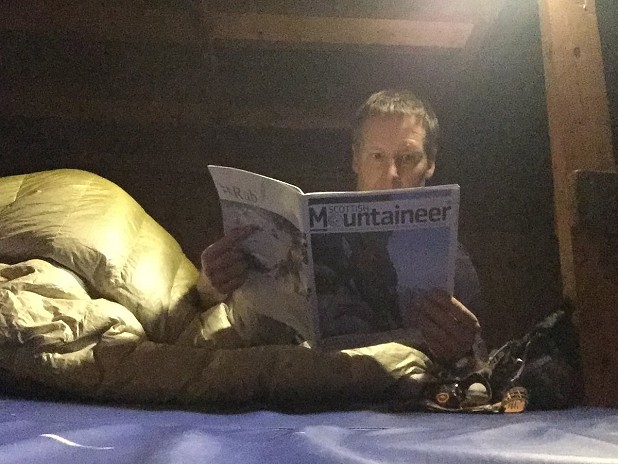
The sunburst colour scheme is quite striking, though one friend did ask me if I'd accidentally faded half my sleeping bag by leaving it in a sunny window.
Sizes and shape
Three sizes of bag are available: Small (168cm, £335), Regular (183cm, £350) and Long (198cm, £370). As I am almost exactly 183cm (6 feet) tall and reasonably broad in the shoulders I went for the Regular, on the basis that Large sounded massive: this is spot on for me, but with no length to spare.
The mummy-shaped fit is built for comfort, and thus not quite as body-hugging as some lightweight bags I've used. There's a fair amount of shoulder width, so even if you're broad you still have freedom to move about a little in the bag rather than feeling strait-jacketed. To save weight and eliminate excess space (and thus maximise the warmth) there's a tapered shape down the leg, but again it's a bit more roomy than I'm used to. At the foot end you get a well sculpted toe box, which has enough space even for my size 12 hooves - but only if I'm using the Foot Warmer Pocket (more on that later). At the head end, the hood gives a nice snug fit, with a drawstring for a close seal around the face. You only get one drawstring on the Parsec 20, not a second at the neck, but a down-filled collar gives a comfortably loose fit around the neck that's enough to keep out draughts.
Weight and packability
At 900g (size Regular, on my kitchen scales) the Parsec 20 is light enough for backpacking or mountaineering, and I think for the warmth on offer its weight is fair. Yet I would hesitate to endorse Therm-a-Rests's description of it as 'lightweight and packable'. Relative to some other quality down-filled rivals with a similar temperature rating it looks, if anything, a bit weighty and bulky. You could save 100-200g by looking elsewhere, though you'd probably be paying a bit more for the privilege. Those thick fabrics must be to blame; but if you prioritise durability over the last word in ultra-lightness, then the Parsec 20 has an obvious advantage. I guess there's always a balance to be struck.
Compressibility is fair rather than impressive (again, I'm pointing the finger at the fabric), so even when scrunched up you get quite a bulky item to stow in your backpack. However I'd point out that the Parsec 20 only seems big relative to other high end down bags; a synthetic bag of similar warmth would be much bigger. Weighing 77g, the stuff sack provided is adequate, though it's not waterproof and the straps have a flimsy feel. A larger storage bag is also provided (you don't want to store down bags compressed for longer than you have to).
Extra features
When staying in a hut, or more so still when bivvying, I'm never sure where to keep my watch, torch and phone. To that end the Parsec 20 features a handy outside zipped pocket. If you were making a sleeping bag to be as light as possible then you would do away with non-core features like that; but I find it useful.
The hook-in mat retainers (aka Synergy Link Connectors - a big name for a couple of stretchy strips) are a bit of a Marmite feature. Holding the bag firmly onto a mat, they stop you sliding off in the night. Some people will appreciate them, but personally I don't like to have my sleeping bag held down to the mat as I tend to roll about and sleep on my side, so for me they're just unnecessary clutter. Having tried them, I quickly removed them - a fiddle that took literally 10 minutes. However don't take my scepticism as gospel. Our reviewer Richard Prideaux liked them when he looked at Therm-a-Rest's questar HD bag last year (see here).
The zip is three-quarter length. Though there's a double zipper for ventilation without having to open the whole thing up, you don't get the option to air your feet - something I do surprisingly often. Backed with a snag-free strip on each side, and a generous down-filled draught exclusing baffle, the zip is robust and runs smoothly.
Last but not least is the Toe-asis™ Foot Warmer Pocket (who comes up with this stuff?), a down-filled divider inside the toe of the bag. You can either tuck feet under the flap into their own little envelope of warmth, or push the flap down and keep your feet in the main body of the bag. When lying on my back I think this works well, but I'd agree with Richard that as a side sleeper it's a bit less successful. In terms of bag length I'm at the upper limit of the Regular size, so when I squash the flap against the toe of the bag I notice the reduced footroom. Some users are bound to really like it, but I would sooner lose it, have a simpler toe section, and thus save a wee bit of weight.
Summary
It's not the last word in ultralight minimalism, but with its high-end down, durable fabrics and decent build quality the Parsec 20 is a warm and luxurious 3-season sleeping bag at a weight and bulk that most users could happily live with. I like its generous width, while the use of Nikwax Hydrophobic down is a big advantage for camping in our damp climate. Details such as the toe flap, zipped pocket and mat retainers illustrate how, with the Parsec 20, Therm-a-Rest have not gone all-out to save weight at the expense of being user friendly. You can find lighter down sleeping bags of similar temperature rating, but chances are you'd be paying more.
Therm-a-Rest say:
Engineered for your fast and light adventures, the Parsec delivers lightweight and packable warmth. Just like an alpinist precisely selects his rack or a skier carefully chooses her line, we took the time to dial in the small details that create comfort and security in the mountains. After you break camp, the mummy-style bag uses a compression sack to easily fit into your pack without weighing you down. Designed with high-quality materials and Therm-a-Rest performance features like SynergyLink™ Connectors, the Parsec easily handles three-season bivys and long pushes into the backcountry. Bottom line, those that need their sleeping bag to go further choose the Parsec. Storage sack and compression stuff sack included.



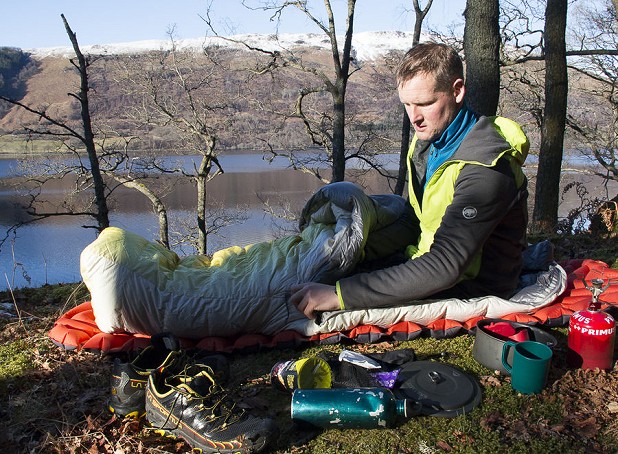

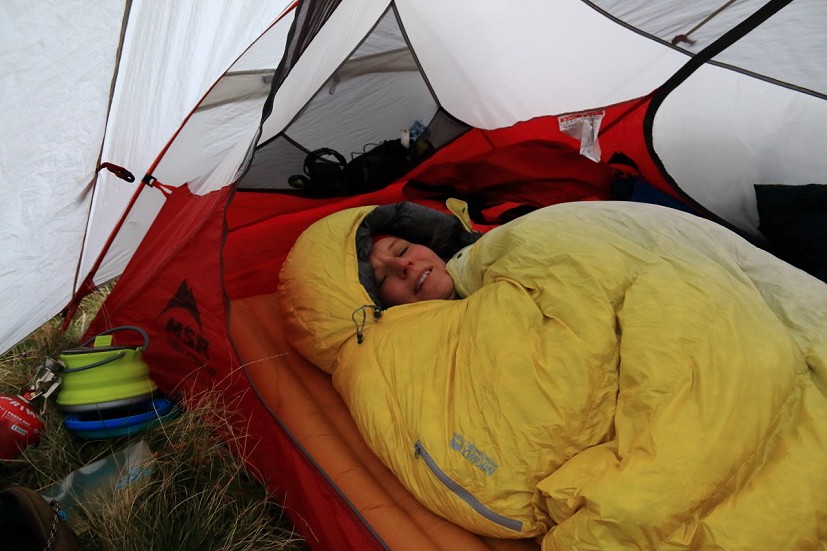
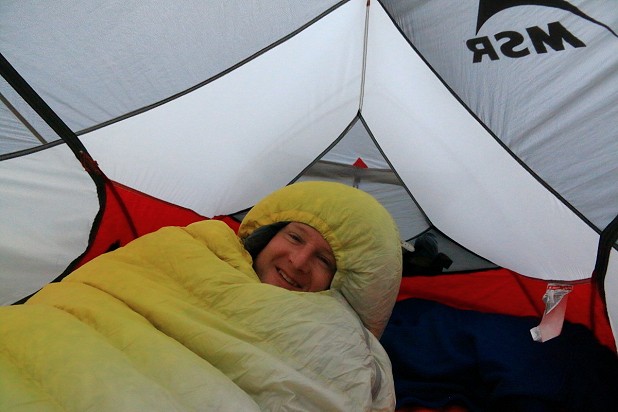


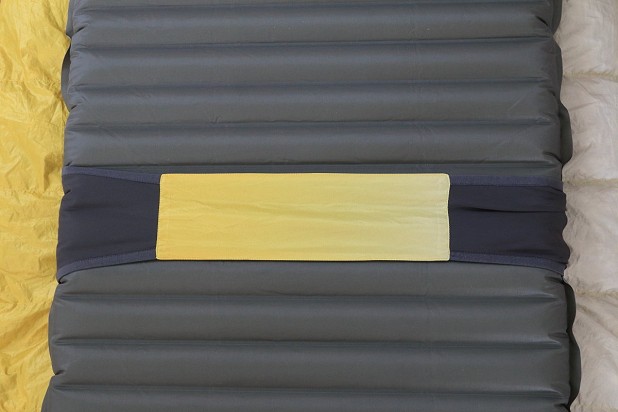
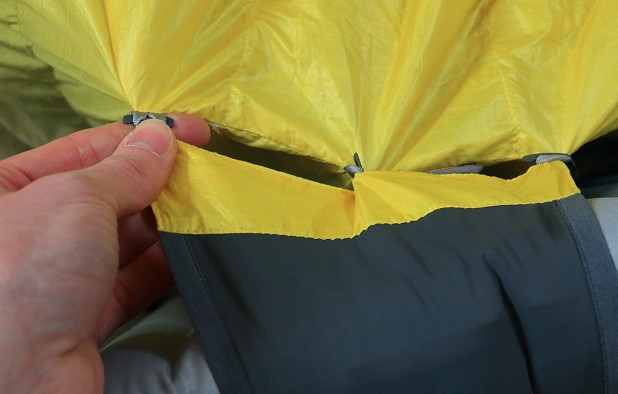

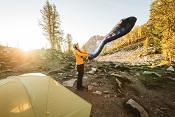
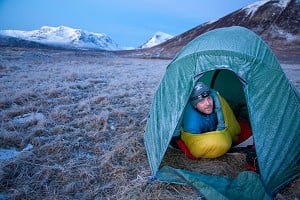

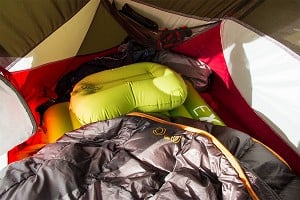
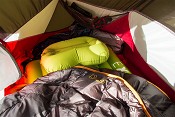
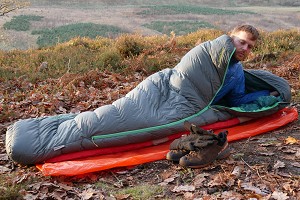
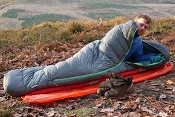
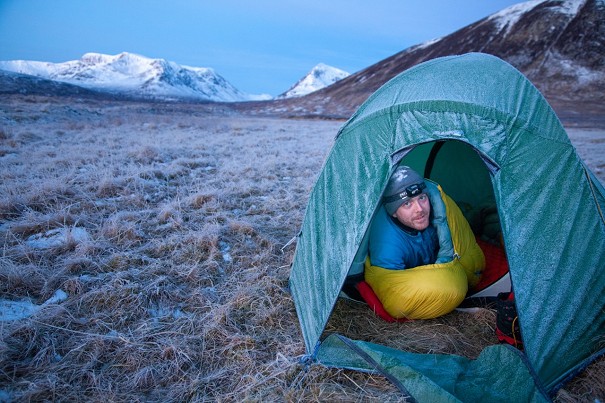
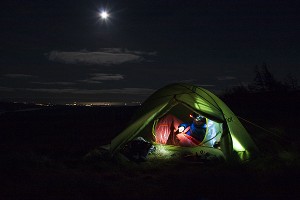
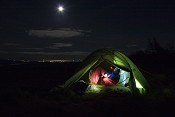
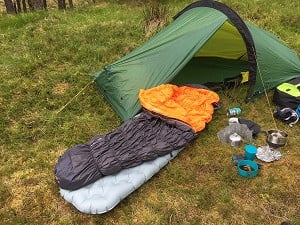

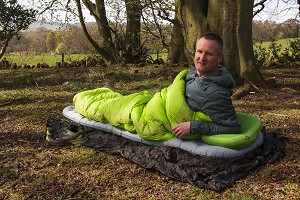
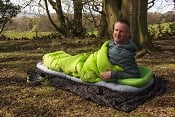
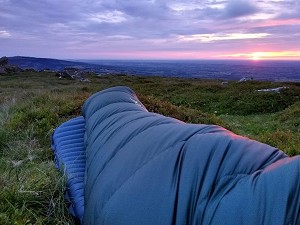
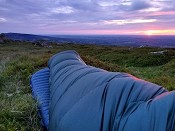

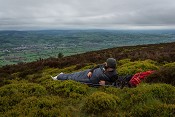
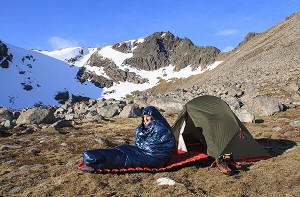



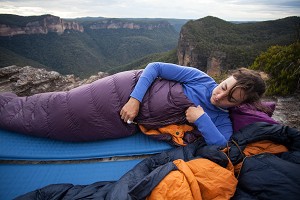
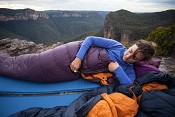
Comments